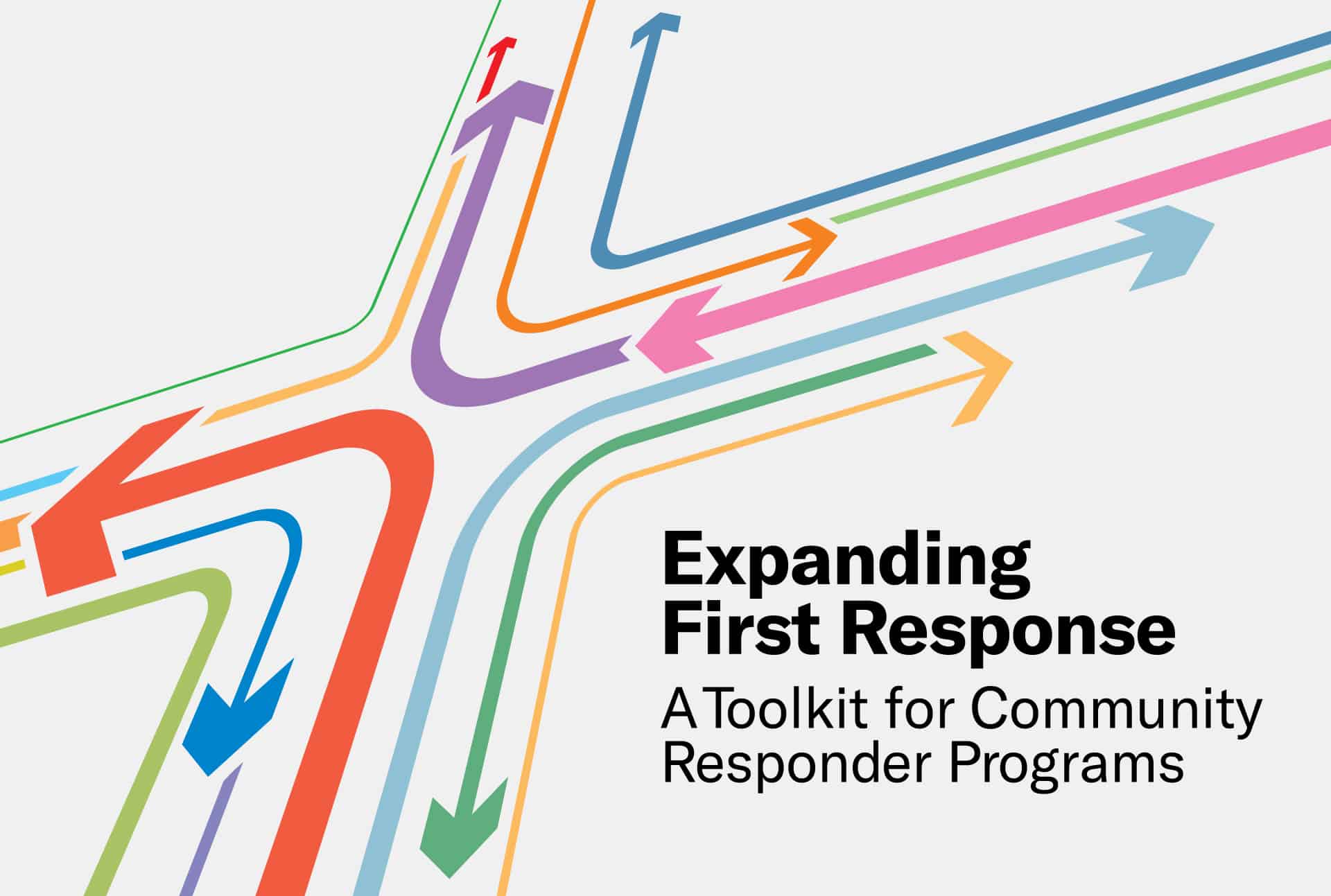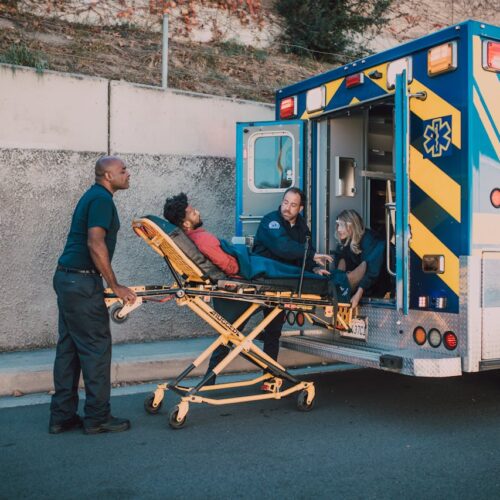
Three Ways to Conduct a Needs Assessment for a Community Responder Program
Community responder programs are being implemented across the country to provide immediate assistance to people in crisis, facilitate connections to support services, conduct wellness checks, and more. These programs position health professionals and trained crisis staff as first responders to behavioral health crises and social disturbances. While still relatively new, these programs are proving to be effective at maintaining public safety and connecting people to needed services.
A key component to the success of existing programs is that they are tailored to the specific needs of that community. This article covers three ways to examine local needs through a needs assessment and details how the information gathered can be used to tailor a community responder model. A comprehensive needs assessment should combine all three to ensure that the community’s needs, resources, and gaps are identified.
1: Analyze Calls for Service
Before building a community responder program, jurisdictions need to understand the main reasons people call their local 911 call center for help. Through a needs assessment, communities can analyze the typical calls for service received. These types of calls can then inform how responder teams are staffed and trained, as they tell a jurisdiction what expertise is warranted to address community members’ needs.
Below are some common call type categories that may be identified through a needs assessment and ways they can affect potential staffing and training decisions for a community responder program.
- Mental health calls: This may indicate a need for a behavioral health professional, clinician, counselor, or other trained mental health personnel, or a peer support specialist to provide mental health expertise on the community responder team.
- Substance use calls: This may indicate a need for a behavioral health professional, clinician, paramedic, or peer support specialist on the community responder team; specific consideration should also be given to hiring and training staff who can respond to drug overdoses or acute intoxication, which may require additional medical support.
- Dispute and nonviolent conflict calls: This may indicate a need to hire mediators or people who have lived or currently live in underserved communities as responders on the community responder team.
- Potential dangerous situation calls: This may indicate a need for training that ensures community responders understand how to de-escalate situations and connect with other first responders, such as co-responder teams or Crisis Intervention Team-trained officers. If there is an existing violence intervention team, it may also indicate that the community responders should establish coordination practices with them. Another option might be to consider adding someone who has been trained as a violence interrupter to the community responder program if a violence intervention team does not already exist in the community.
2: Conduct Community Focus Groups and Surveys
Call data is only a starting point for a comprehensive needs assessment. Communities need to gather additional information to understand peoples’ behaviors related to calls for help and what is driving the data. To do this, jurisdictions may want to conduct surveys and focus groups as part of their needs assessment. For both, they should intentionally engage historically marginalized populations that may be more reluctant to call 911 for help due to negative perceptions or interactions with law enforcement. For focus groups, specifically, jurisdictions should compensate community members for their time and assure them that their feedback will be captured and shared as an aggregate rather than by individual names.
Beyond providing valuable insight about community support for the program, surveys and focus groups can help jurisdictions answer other key questions, such as:
- How can jurisdictions ensure community responders reflect the background of the neighborhoods where they work and have specific qualifications?
- Should community responders wear a clearly identifiable uniform and/or drive a marked car?
- If community responders carry a police radio, wear a uniform, or drive a marked car, would this lessen the community’s trust in them?
- What are some innovative ways to educate the public about the program?
- Are there specific people or perspectives that are important to include in the program oversight committee?
- What data should be collected to inform the community on progress of the program?
3: Map Existing Assets
Community response programs are built to complement existing community resources, not to replace them. For example, when a community responder de-escalates a situation, one of their main goals should be to make sure the person is connected to supports that can prevent the situation from reoccurring. A community response team needs the ability to refer to services already available in the community, which is why asset mapping should be conducted as part of a comprehensive needs assessment. Asset mapping helps give jurisdictions a full picture of the types of service providers, city agencies, and community organizations already available to meet people’s needs.
Some common asset examples might be addiction hotlines, outpatient treatment centers, and hospitals for behavioral health needs; rapid rehousing and supportive housing providers; domestic violence prevention groups and mediation centers; harm reduction service providers; low barrier treatment options; food pantries and legal aid for poverty issues; and general community assets like neighborhood associations, spaces that support community events, and advocacy coalitions. Community responder programs should also identify existing links to police, other first responders, and street outreach teams by asking which local organizations help with their training, which services they refer individuals to, or where they drop individuals off.
To learn more about using a needs assessment to inform community responder programs, visit Expanding First Response, a toolkit that serves as a central hub for states and local communities looking to establish or strengthen community responder programs.
About the author

In response to growing calls for police reform in New Jersey, particularly following the shootings of Najee Seabrooks…
Read More Three Things to Know About New Jersey’s Groundbreaking Community Response Legislation
Three Things to Know About New Jersey’s Groundbreaking Community Response Legislation
In response to growing calls for police reform in New Jersey, particularly following the shootings of Najee Seabrooks and Andrew Washington in March and August 2023, a coalition of law enforcement officials, mental health professionals, and community advocates partnered to explore public safety response alternatives.
Read More Apply Now: Join a Learning Community for Community and Crisis Response Teams to Improve Responses to Youth
Read More
Apply Now: Join a Learning Community for Community and Crisis Response Teams to Improve Responses to Youth
Read More
 Apply Now: Join a Learning Community Focused on Substance Use and Overdose Community Response Programs
Read More
Apply Now: Join a Learning Community Focused on Substance Use and Overdose Community Response Programs
Read More













